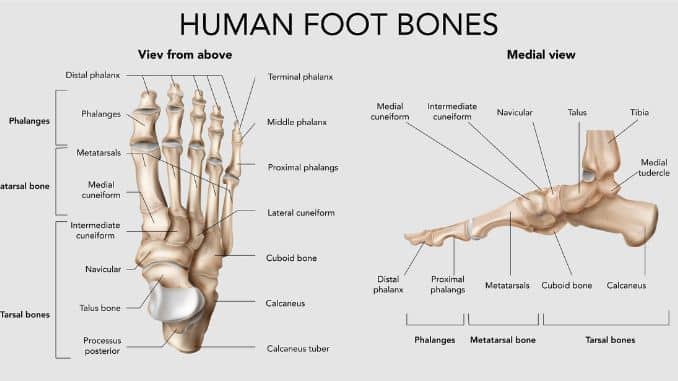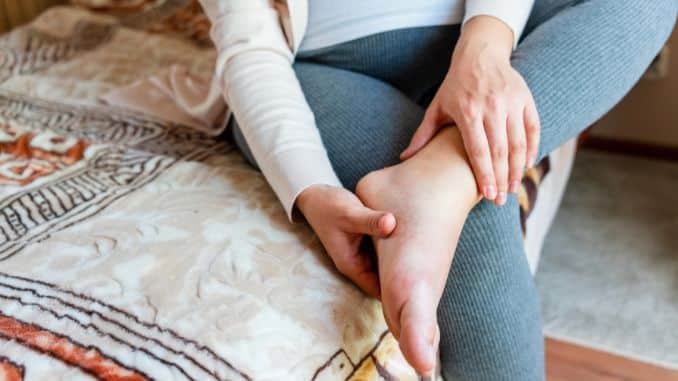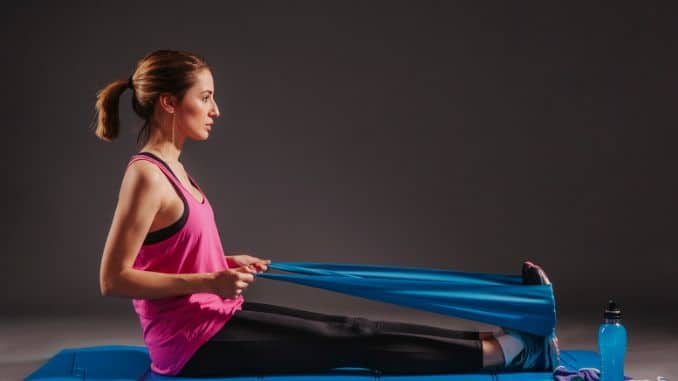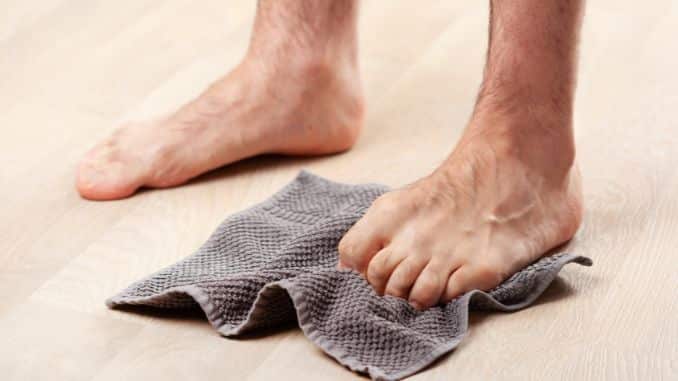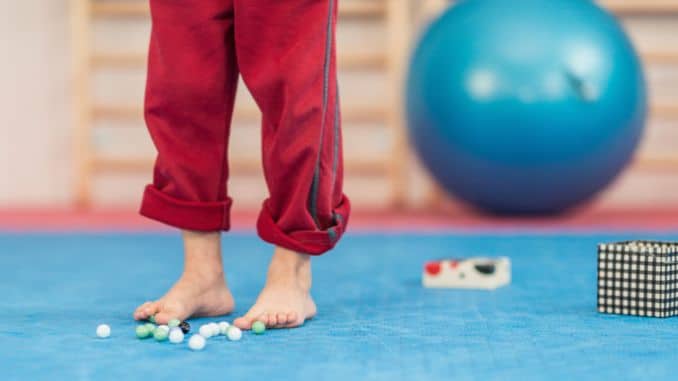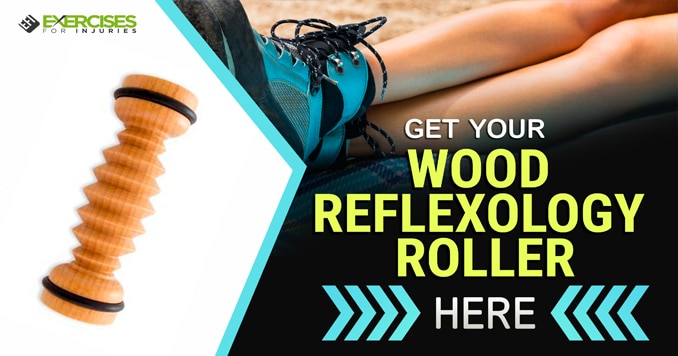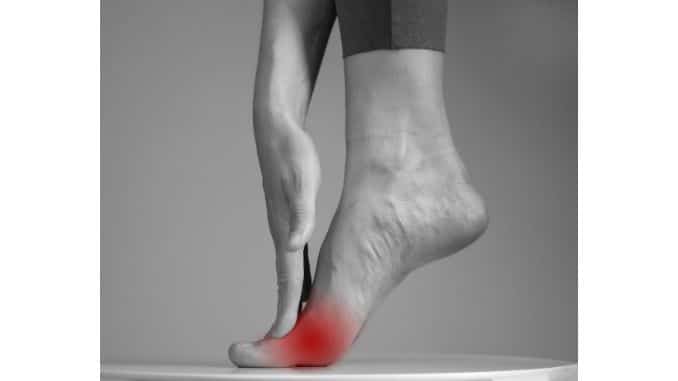
The feet – one of the most used parts of the body, yet also the most underrated. We make good use of walking, running, and jumping daily. But admit it or not, we don’t usually pay attention to it, especially its health. As a result, pain and other foot problems arise. One of them is metatarsalgia. This may cause a feeling like a pebble is in your shoe whenever you walk, run, and more.
What is Metatarsalgia?
Metatarsalgia is a term used to describe pain and inflammation in the metatarsophalangeal joints or balls of the foot. It is a common overuse injury or condition where the metatarsophalangeal joints are inflamed due to high-impact sports such as running, jumping, foot deformities, arthritis, being overweight, inappropriate footwear, high-heeled shoes, or too-tight shoes.
Symptoms
The hallmark of metatarsalgia is pain at the end of the metatarsal bones (bones at the end of the foot). This is felt gradually and may improve when at rest and gets worse upon movement. You may also feel:
- Sharp, dull aching, burning pain in the ball of your foot
- Numbness or tingling sensation in your toes
- The feeling of stepping a pebble or marble in your shoe
- Swelling and tenderness in your foot
Causes
The most common cause of metatarsalgia is high-impact sports like running or jumping. A repetitive pressure put on the balls of the foot causes it to become inflamed, including the structures like ligaments, tendons, and cartilage surrounding the bone. Other causes include:
- Being overweight/obese
- Poorly fitted shoes, such as high heels or shoes that are too tight
- Joint and foot conditions such as rheumatoid arthritis, osteoarthritis, gout, Morton’s neuroma, bunions, bursitis, stress fractures, Pes cavus, or high-arched foot
- Foot deformities
- Old age because as we get old, the pads under our foot become thin, increasing its risk of more pressure and pain
- Shortened Achilles tendon may affect the weight distribution in the foot and put more stress on the metatarsal joints.
Anatomy of the Foot
The feet bear the weight of the entire body. Structures like bones, joints, muscles, and cartilage make standing, walking, running, or jumping possible. Your feet are divided into three sections:
- The forefoot: the five toes (phalanges) and the five longer bones (metatarsals)
- The midfoot: is composed of the bones that form the arch, namely lateral cuneiform, medial cuneiform & intermediate cuneiform bones, the cuboid bone, and the navicular bone. Together they form a pyramid-like shape.
- The hindfoot: is composed of the bones that form the heel and ankle. The talus bone supports the tibia and fibula (leg bones) and forms the ankle. The calcaneus bone forms the heel, the biggest bone in the feet.
Arches and Ligaments
The foot is uniquely designed to form an arch. These arches help flex the foot to support your body on an uneven surface. Now, this isn’t possible without the help of the ligaments. Ligaments are bands of tissues that connect one bone to the other and bind them together. The main ligament and the longest, plantar fascia, runs under your foot. It helps in balancing and gives strength when walking. The Plantar calcaneonavicular ligament connects the calcaneus and navicular and supports the head of the talus, and the Calcaneocuboid ligament connects the calcaneus and the tarsal bones.
Muscles
It is not just the bones and ligaments that enable your feet to move, but also the muscle. Twenty muscles in the foot help in movement and support. The main muscles are:
- Posterior tibialis – supports the foot’s arch.
- Anterior tibialis – allows the foot to move in an upward manner.
- Peroneal tibial – controls the movement of the ankle outward
- Extensors – raise the toes when taking a step
- Flexors – stabilize the toes
Metatarsalgia Diagnosis
Since a wide variety of foot conditions can cause symptoms similar to those of metatarsalgia, a thorough examination to locate the source of your pain, to know more about your lifestyle and activity level, and more will be done. An imaging test like X-ray could also rule out fractures and other possible foot conditions. An X-ray is a test that develops an image of the structures inside your body, particularly the bones.
Metatarsalgia Treatment and Management
There are several treatments available for this condition, including conservative treatments. Here are some things you can do to relieve pain caused by metatarsalgia:
- Rest – Letting your injured footrest can protect you from further injury. Avoid high-impact activities as much as possible. However, you can do low-impact Metatarsalgia exercises such as swimming or cycling to avoid muscle weakness caused by inactivity.
- Ice therapy – In case of a painful flare-up, ice can reduce swelling and pain. Apply it to the affected area for about 10-20mins several times a day.
- Medications – Over-the-counter medications such as ibuprofen (Advil, Motrin IB, others) and naproxen sodium (Aleve) are available to reduce pain and inflammation.
- Wear appropriate shoes – If you are participating in high-impact sports such as running or jumping, a proper-fitting athletic shoe is essential to reduce the stress on your foot. Avoid frequently wearing high-heeled shoes too.
- Stretching & strengthening Metatarsalgia exercises- The symptoms of metatarsalgia can affect one’s daily activities. To prevent this, you can try basic stretching and strengthening Metatarsalgia exercises.
Metatarsalgia Stretching Exercises
1. Toe Pumps
Sit in a chair and prop your heels so your toes move freely in the air. Flex and extend your toes slowly until you can feel its stretch. Make sure this is done-pain free. Repeat this 20 times for 2-3 sets each.
2. Toe Flexor Stretch
Sit in a chair and prop your right leg to your left thigh to reach your foot with your hand. Then, bend (dorsiflex) your ankle towards your shin, then use the palm of your hand to bend the toes back until you feel a strong stretch at the bottom of the foot and hold. Do this for 15 reps with a 30-second hold each, 1-2 sets.
3. Sitting Calf Stretch
Sit in a chair or long sitting on the floor with a stretch band/strap, towel, or belt wrapped around under the ball of your foot. Keep your knees straight, then pull the toes towards you and hold. You should feel a strong stretch in the back of the ankle at the Achilles tendon and lower leg. Repeat this on the other side. Do this for 15 reps with a 30-second hold for each rep, 1-2 sets.
Metatarsalgia Strengthening Exercises
1. Toe Scrunches
Comfortably sit in a chair with your feet flat and a towel underneath it on the floor. Scrunch the towel using your toes. Do this for 2 minutes.
2. Marble Pick up
Prepare a cup and marbles or objects like rocks, small toys, etc., and put them and scatter them on the floor. Use your toes to pick it one at a time and put it in the cup. Continue until you put it all.
Takeaway
Since your foot has the most important role in your daily life and activities when you’re on the ground, whether running, walking, or standing, it is necessary also to care for and pay attention to its health. Protect them by having proper foot hygiene and wearing perfectly fitted shoes. If foot pain and other symptoms are observed, immediately consult your doctor for early prevention and treatment.
For anyone who has Plantar Fasciitis, foot or heel pain, we highly recommend this special Wood Reflexology Roller. Self-massage is an important part of healing Plantar Fasciitis, and this wood roller makes it a lot easier and enjoyable! Check out now!

